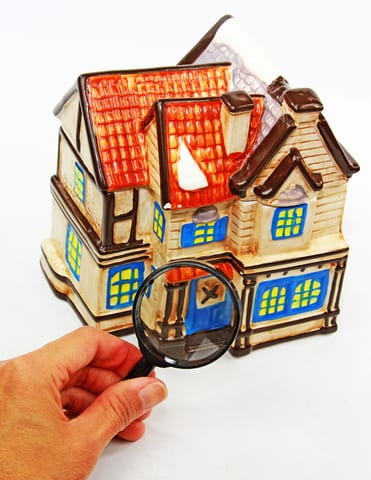Home Inspections – Why They Are Worth It
11/08/21

Before 1970, home inspectors did not exist. Buyers might bring a relative or friend to take a look at the house, but these ‘inspections’ were informal and often missed expensive problems.
By the mid-1970s the home inspection industry began to take shape. At first, buyers hired general contractors to check out the home before making an offer. As the industry grew, it became clear that ‘contractor’s inspections’ were not thorough or detailed enough. Standards for home inspection procedures and training were developed and, by the mid-1980s, home inspections moved into the mainstream of the real estate buying process.
What is a home inspection?
During a home inspection, which costs $300-$700 and takes about 2-3 hours, the following are visually evaluated:
1. Roof surfaces;
2. Exterior of the home as well the surrounding land;
3. Structure of the building;
4. Electrical system;
5. Heating system;
6. Cooling system;
7. Insulation and ventilation;
8. Plumbing; and
9. Interior of the home
The inspector evaluates everything that is readily accessible. He provides a report on problems that need attention as well as ongoing maintenance items. The inspector cannot see behind walls or under floors, so not everything can be inspected. Nevertheless, the report gives the prospective buyer a good idea as to what the problems are, roughly how much money will be required, and how soon the work needs to be done.
How home inspections fit into the homebuying process
Typically, a buyer includes a condition on home inspection in his offer. Once the offer is accepted, the buyer has 3-5 days to complete the inspection. If the inspection report is satisfactory, the condition is removed and the deal ‘firms up’. Otherwise, the buyer has three choices:
1. Walk away from the deal;
2. Ask the seller to fix the problem(s); or
3. Ask the seller for an adjustment in the price to reflect the cost of the repairs.
What about bidding wars?
In the Toronto market, multiple offers have become very common, even normal. This has changed the landscape as far as home inspections are concerned.
Sellers obviously prefer offers with as few conditions as possible. As a result, it became common for buyers to have inspections done before the offer date so no inspection condition would be required. This often led to multiple inspections being done by different buyers on the same property. Sometimes the same inspector would even do inspections for multiple buyers!
Obviously, this was unsatisfactory as the money spent on the inspection was wasted if the buyer didn’t get the deal. The buyer had only two alternatives:
1. Include a home inspection condition in the offer (and likely lose the competition); or
2. Make an offer without a home inspection condition (and risk buying a lemon).
Sellers’ pre-inspection reports
In recent years, it has become common practice for sellers to provide a pre-inspection report available to all prospective buyers. This is beneficial for sellers as it encourages both more offers and unconditional offers.
For the buyer, the seller’s pre-inspection report is also beneficial for obvious reasons. However, buyers need to be aware that the inspector is working for the seller. This isn’t a big concern as long as the inspector is well known and highly qualified. However, if the buyer and the buyer’s agent are not familiar with the inspector and/or if the inspection report is poor quality, the buyer might want to conduct their own pre-inspection report.
A home inspection report is extremely valuable, regardless of who provides it. Not only does it identify potential ‘deal breaker’ issues, but it also gives the buyer a road map for future improvements, repairs, and general maintenance.
Sign Up For Our Newsletter
Looking for more great real estate content? Get it delivered to your inbox with our newsletter!



